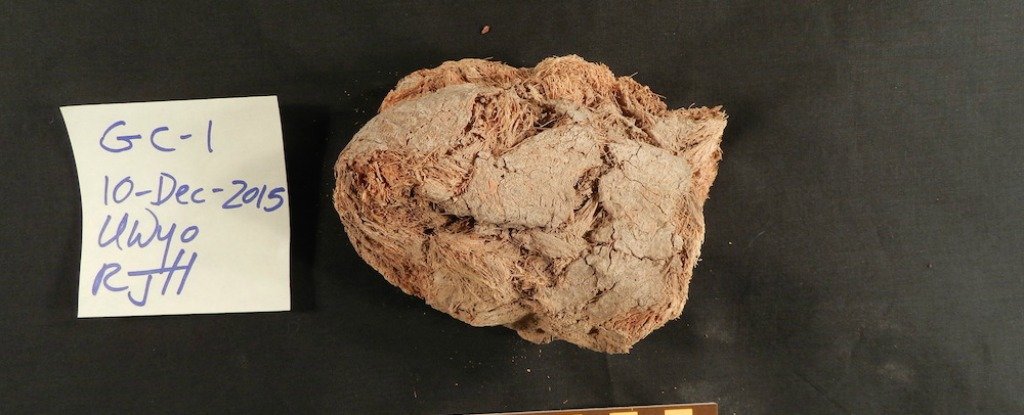

In rescue centers that specialize in rehabilitating wild sloths, emergency probiotics taken from healthy sloths can replenish this gut bacteria and save a cold sloth from starvation.
#Sloth poop full
Even if the sloth warms back up, the bacteria will have been killed off and the sloth could starve to death-even with a full stomach full of leaves. If a sloth gets too cold, the bacteria in their gut can die and leave the sloth unable to digest any more food. Sloths also bask under the sun / Photo by Cristhian Chentiko This is a very efficient evolutionary strategy to help sloths save energy and camouflage them from predators that detect infrared radiation (such as some snakes), but it makes sloths very vulnerable to extreme temperatures. Instead, the ambient temperature of the surrounding rainforest determines how warm or cold a sloth is. How does ambient temperature affect sloths’ digestion?Īs with most mammals, the gut bacteria of sloths are sensitive to temperature, however, sloths are poikilotherms, meaning that compared to most mammals sloths do not maintain a constant body temperature. Instead, they have a very complex digestive system that enables bacteria in the sloths’ gut to ferment and break down the leaves the sloths derive their caloric and nutrient requirements from this gut bacteria. Sloths do not digest the nutrients from leaves directly. This means that any toxins present in one type of leaf are unlikely to build up over time in the sloths’ bodies. They move from tree to tree, eating fresh leaves from a variety of sources.

To avoid toxins and tough cellulose, sloths favor fresh new leaves that typically grow on the end of branches. Leaves also contain very few calories compared to other food sources, and in order to eat enough leaves to meet their energy requirements, folivores have some unique feeding habits and specialized digestion. Mature leaves may also contain chemicals that build up over time and make the leaves toxic if eaten in large quantities. Trees evolved leaves to collect and process sunlight, not to be eaten, and leaves have very tough cell walls containing large amounts of cellulose. Read more: Sloths need more than Cecropia for survival.Barrigon leaves and flowers (Pseudobombax septenatum).Cacao pods and leaves ( Theobroma cacao).variegatus) and Queiroz (1995) listed 16 plant species in a study also carried out with Brown-throated sloths in the Mamirauá Reserve, in the Amazon. Montgomery and Sunquist (1975) listed 28 tree species and three lianas used for food by nine Brown-throated sloths ( B. However, sloths need much more diversity in their habitats and diet than this. Sloths are iconically associated with the Cecropia, and indeed these trees are an important part of reforestation programs that help restore sloth habitat. Read More: Mylodon Giant Sloth, opportunistic omnivore?.They inherit these preferences from their mothers. Sloths as a species eat leaves from over 90 different kinds of trees, however, any given individual usually rotates between half a dozen to a dozen kinds of trees.

Three-fingered sloth (Bradypus variegatus) eating a cacao pod. The three-fingered sloth eats leaves and occasionally seed pods (like Cacao pods), while the two-fingered sloth has a more varied diet that sometimes includes both seed pods and fruit. From the Latin folium meaning “leaf” (same root word as foliage) and the suffix -vore, meaning “to eat” or “to devour”, it refers to any animal that exclusively or primarily eats leaves.Īll species of sloths are folivores.


 0 kommentar(er)
0 kommentar(er)
